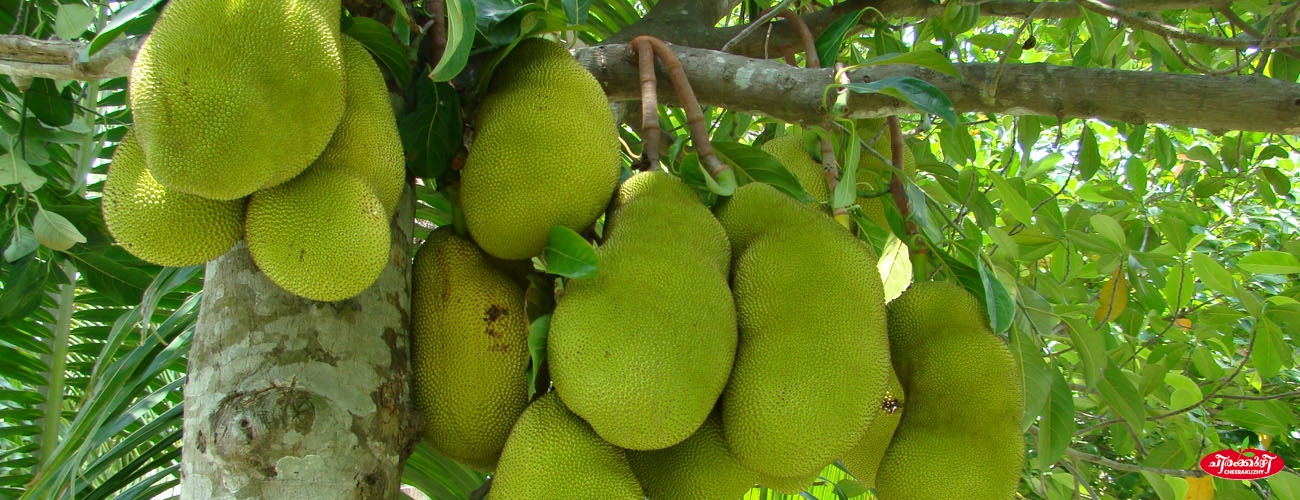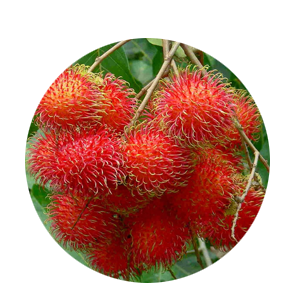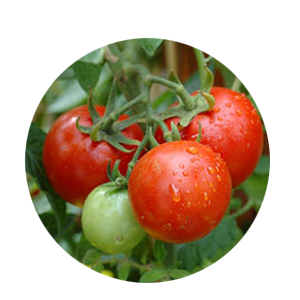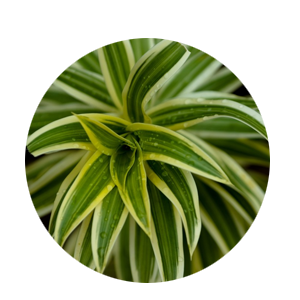Jack Fruit - Deang Surya/Thailand Red- Budded - (8x10 bag)
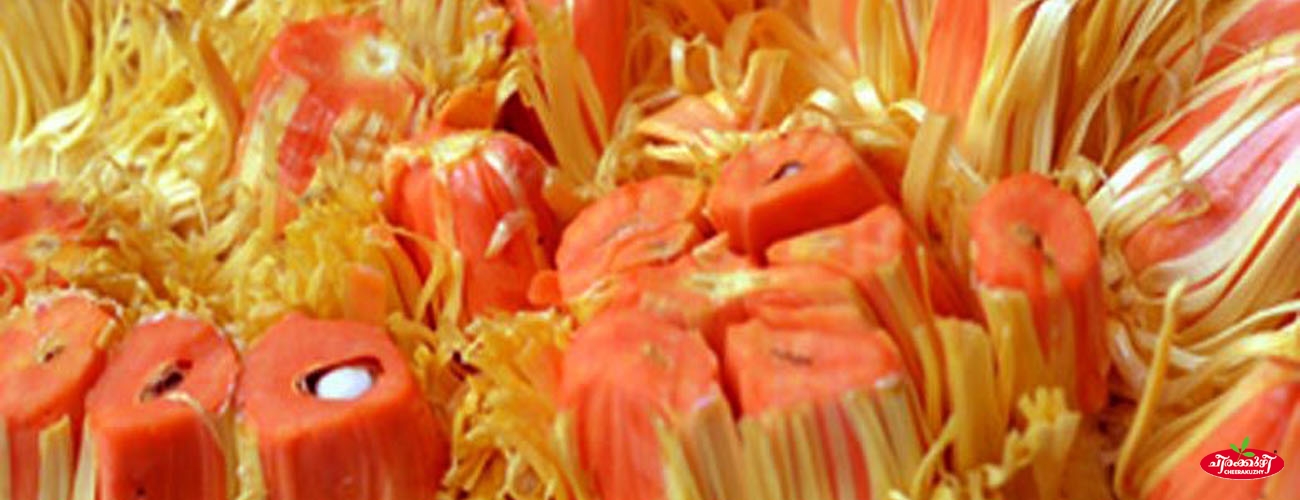
Item Description
GENERAL INFORMATION ABOUT JACKFRUIT The jackfruit plantArtocarpus heterophyllus), also known as jack tree. The pulp of jackfruit is composed of 74% water, 23% carbohydrates, 2% protein and 1% fat (table). In a 100 gram portion, raw jackfruit provides 95 calories and is a rich source (20% or more of the Daily Value, DV) of vitamin B6 (25% DV). It contains moderate levels (10-19% DV) of vitamin C and potassium, with no other nutrients in significant content. Jackfruit is absolutely one of a kind tropical fruit recognized for its unique shape, and size. it is also rich in energy, dietary fiber, minerals, and vitamins and free from saturated fats or cholesterol; fitting it into one of the healthy treats to relish! Jackfruit is a huge tree that grows to as high as 30 meters, larger than mango, breadfruit, etc. It is believed to be indigenous to the Southwestern rain forests of India. Today, it widely cultivated in the tropical regions of the Indian subcontinent, Thailand, Malaysia, Indonesia and Brazil for its fruit, seeds, and wood. The tree grows best in tropical humid and rainy climates but rarely survives cold and frosty conditions. In a season, each tree bears as many as 250 large fruits, supposed to be the biggest tree-borne fruits in the world. The fruit varies widely in size, weigh from 3 to 30 kg, and has oblong or round shape, measuring 10 cm to 60 cm in length, 25 to 75 cm in diameter.
Maintanance, Disease Management And Yielding
MAINTANACE OF THE PLANTATION Once a plantation has been established, the work should not be considered finished. It will be necessary, for example, to protect the plantation against weather, fire, insects and fungi, and animals. A variety of cultural treatments also may be required to meet the purpose of the plantation. FERTILIZING Fertilize your growing jackfruit tree with nitrogen, phosphorus, potassium, and magnesium applied in a ratio of 8:4:2:1 to 30 grams per tree at six months of age and doubling every six months up to two years of age. Past the two year mark, growing jackfruit trees should get 1 kg. per tree in the amount of 4:2:4:1 and is applied before and at the end of the wet season. WATERING AND WEED CONTROL Young jackfruit trees should be watered regularly until fully established. In dry western climates, water mature trees deeply at least every one or two weeks. Desert gardeners may have to water more frequently. Mulch the soil around the trees to conserve moisture. Weeding is also very important. Remove all weeds 1.5 meter around the plant. PRUNING AND SHAPE OF TREE The height of jackfruit, especially those raised from seed, can be regulated by cutting the main trunk about 2-3 meters from the ground. Early cutback of the main trunk can also be done to induce production of branches, allowing 4 or 5 branches to develop which are evenly distributed when viewed from the top. Properly trained, jackfruit grows with an open center which allows better light penetration. Weak, dead, diseased and overlapping branches should be removed. This is to promote light penetration and air movement, and to prevent build up of insect pests and disease pathogen population. Branches are also removed if they hinder access to the fruits during wrapping and harvesting. PEST & DISEASE FOR JACKFRUIT TREES Every fruit tree has the future potential for disease and insect damage. Factors such as location and weather will play a part in which issues your tree encounters. If available, disease-resistant trees are the best option for easy care; and for all trees, proper maintenance (such as watering, fertilizing, pruning, spraying, weeding, and fall cleanup) can help keep most insects and diseases at bay. HARVESTING YOUR JACKFRUIT Within three to six years after planting, jack tree starts to flower and in two-three months after blossoming, young and unripe green skinned fruits are ready to be picked as vegetable. Mature fruits are ready to harvest after four-five months of flowering when they exude sweet aroma and their skin turns from green to yellowish tinge.
- Propogation Method : Budding
- Plant Climate : Sub Tropical, Normal, Tropical
- Plant Height : 1-2 feet
- Plant Weight : 3.5kg
- Plant Polybagsize : 8x10
Related Images
- Botanical Name : Artocarpus Heterophyllus
- Malayalam Name : Chakka Pazham
- English Name : Jack Fruit
Jackfruit – Sweet and fragrant dripping with honey!!!
Planting Instructions
PLANT THE RIGHT TREE AT RIGHT PLACE Growing space both above and below ground should be considered when selecting a tree to plant. Too often allowances are not made for the increased size of the tree when it matures. Most problems can be avoided by selecting the proper tree species for the available planting space. GENERAL TIPS 1. Plant at least 3 meter from main overhead utility wires on street or to your home. 2. Plant at least 3 meter from a building. 3. Plant at least 1 meter from sidewalks, driveways, patios and fences. 4. Plant at least 6 meter from other large trees. 5. Plant at least 3 meter from small trees. 6. Prioritize your tree planting with the sun’s direction to maximize shade by planting on the southwestern and western sides of your home BASIC PARAMETERS TO PLANT A JACKFRUIT TREE 1. Soil : Trees grow best in well-drained soils. Trees tolerate sand, sandy loams, and the rocky, well-drained, high pH, calcareous soils 2. Planting Distance : For Commercial Plantation: - jackfruits are planted at a distance of 30 ft. x 30 ft. In an acre, 48 trees can be planted. In a new area the planting interval can be reduced to 25 ft. x 25 ft., and 69 trees can be planted in an acre For Home Garden: -In a home garden generally we are planting one or two jackfruit trees along with other species of fruit plants. So it is better to keep minimum 3 meter distance from other plants to plant a jackfruit tree. 3. Pit size : Minimum 60cm width X 60cm Breadth X 60cm depth 4. Sunlight : 100% sunlight is best but can grow up to 50 % shade 5. Watering: During dry weather, initially water the plant once in two days and after one month of planting water every 7 to 10 days during the first year. TEN TIPS FOR PLANTING A TREE 1. Dig a hole/pit 3 to 4 times wider than the container (Normally 60cm X 60cm X60cm is recommended). Fill the pit with top fertile soil to allow for proper root growth. Avoid clay type soil to refill the pit. 2. Add 250 gm Rock Phosphate or Born Meal and 3 to 5 kg Cow dung or compost in the top soil of the pit and mix it thoroughly (Thorough mixing of manure with soil is very important because direct contact of manure with the roots of the plant will cause the damage of roots and plant). 3. Make a small hole in the pit and carefully remove the plant from the container/pot or poly bag keeping the soil around the roots intact. Don‘t yank the plant out of the pot or poly bag as this can separate the roots from the tree. Poly bags can be easily removed by cutting it by a knife and pots can be removed easily by hitting slightly at the top edge of the pot. 4. Set the plant in the middle of the hole. Avoid planting the tree too deep. Keep the base of the trunk is slightly above ground level. Using some soil, secure the tree in a straight position, then fill and firmly pack the hole with the original soil, making sure there aren‘t any air pockets. 5. If the plant is Grafted or Budded make sure the grafted or budded portion of the plant is above the soil. Do not allow to touch the grafted or budded portion in the soil as it burns the skin of the plant. 6. Create a water-holding basin around the pit and give the plant a good watering. After the water has soaked in, spread protective mulch 2–4 inches deep in a 3-foot diameter area around the base of the tree, but not touching the trunk. Also provide a stich as a support for the plant, if needed. 7. The soil and mulch around your plant should be kept moist but not soggy. During dry weather, initially water the plant once in two days and after one month of planting water every 7 to 10 days during the first year. 8. Remove any tags and labels from the tree as these will affect the tree as it grows. You may need to prune any broken or dead branches. For Budded or Grafted plants it is very important that do not allow the growth of off shoots under the grafted/budded portion. Allow the growth of budded/grafted scions only. 9. Do not use chemical fertilizer or any other chemicals on your newly planted trees. Such products will kill your young trees. If needed you can add chemical fertilizers in small quantity (generally below 100gm) after two to three months of planting with sufficient irrigation. 10. Do not over water or allow rain water so much that you see standing water in the pit area of the plant. It will damage the plants roots and results the die of your plant.


